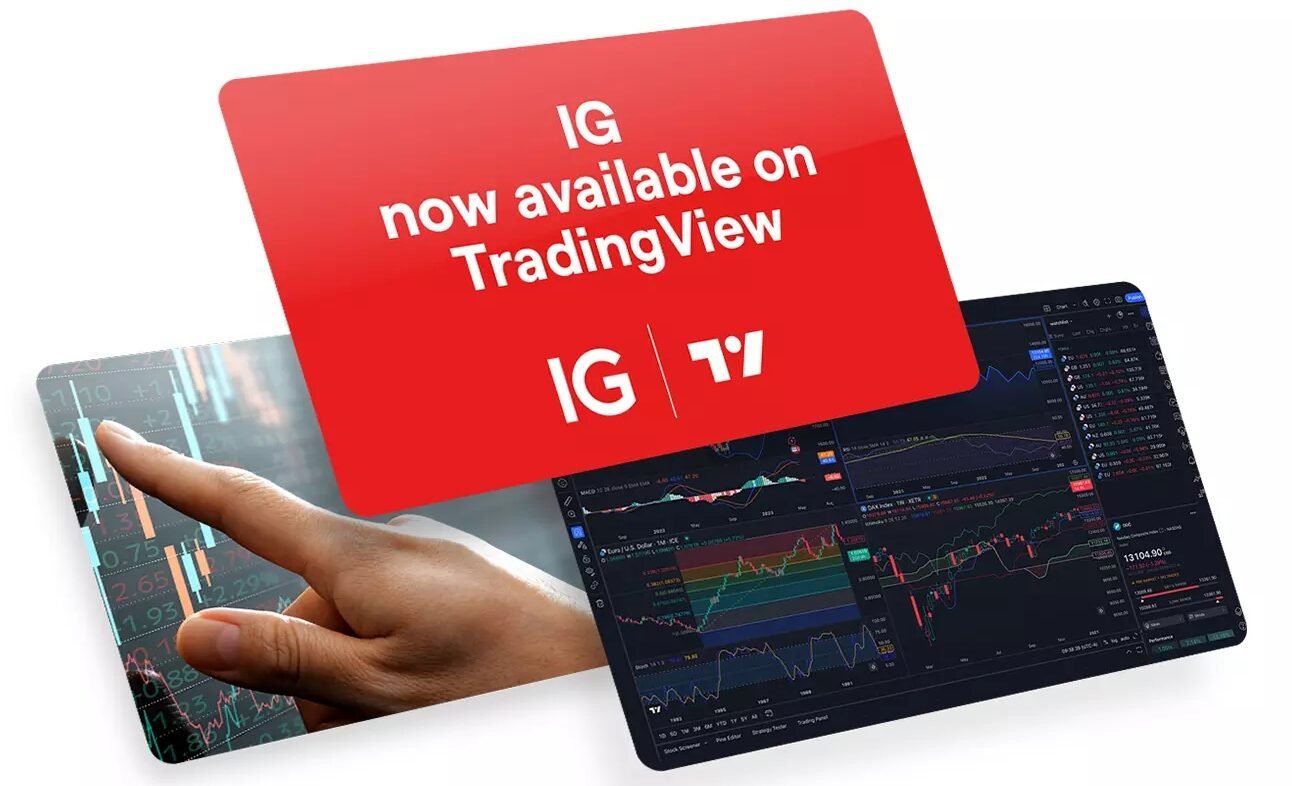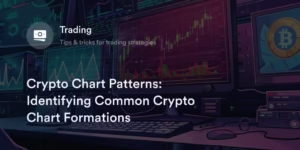Navigating crypto prices in 2025 can feel like decoding a mystery, but TradingView makes it simple with powerful, beginner-friendly charting tools. Whether you’re tracking Bitcoin’s next rally or eyeing Ethereum’s dips, TradingView helps you visualize price trends and make smarter investment decisions. This guide walks you through using TradingView’s free features to analyze crypto charts, explained in plain language for new investors.

What Is TradingView?
TradingView is a web-based platform for charting and analyzing financial markets, including 1,000+ cryptocurrencies like Bitcoin, Ethereum, and Solana. It’s popular for its clean interface, free tools, and community of traders sharing ideas. Think of it as your crypto price dashboard, showing patterns to help you decide when to buy or sell.
Key Idea: TradingView turns complex price data into easy-to-read charts, even for beginners.
Why It Matters: Spotting a Bitcoin price dip on a chart could save you 10% on your next buy.
Tip: Visit TradingView to explore its free features.

Why Use TradingView for Crypto in 2025?
TradingView is a go-to for beginners because it simplifies crypto analysis with:
- Free Charts: Access candlestick charts and indicators without paying.
- Beginner-Friendly: Easy tools to spot trends like Bitcoin’s support levels.
- Community Ideas: Learn from traders sharing crypto strategies.
- Exchange Integration: Track prices from Binance, Coinbase, and more.
Example: In 2024, TradingView users spotted a Bitcoin breakout at $60,000, earning 15% gains.
Tip: Check TradingView’s crypto screener for trending coins.
Getting Started with TradingView: Step-by-Step Guide
Let’s explore how to use TradingView’s free features to chart and analyze crypto prices in 2025.
1. Set Up a Free Account
A free TradingView account unlocks basic charting tools, watchlists, and community features.
How to Do It:
- Go to TradingView and click “Sign Up.”
- Use your email or Google account to register.
- Enable 2FA for security, as advised by Cointelegraph.
Example: Signing up takes 2 minutes and gives you access to Bitcoin’s daily chart.
Tip: Download the TradingView mobile app for on-the-go charting.
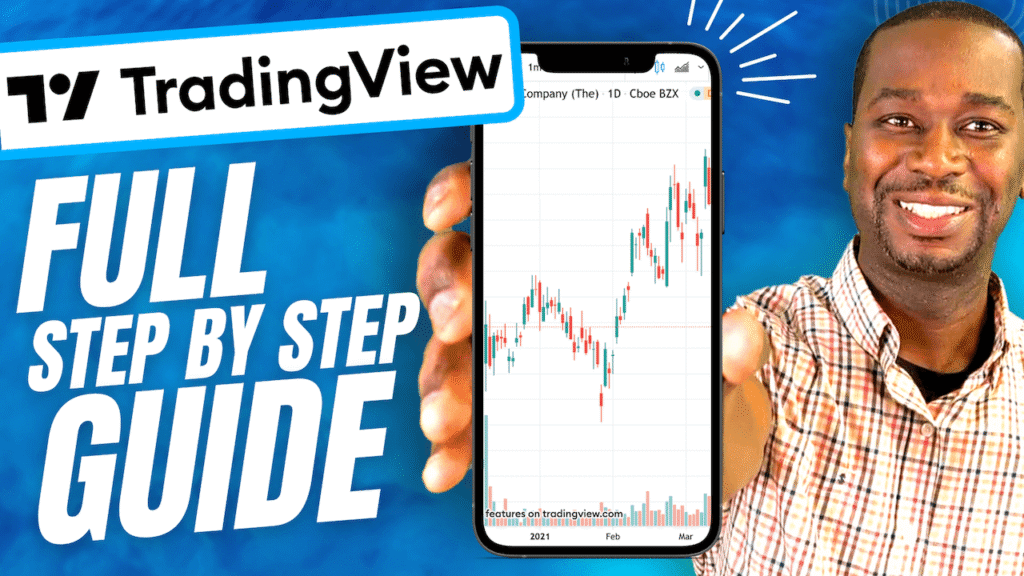
2. Find and Chart a Crypto Pair
TradingView lets you chart crypto pairs like BTC/USD (Bitcoin vs. US Dollar) or ETH/BTC (Ethereum vs. Bitcoin).
How to Do It:
- Click the search bar at the top and type “BTCUSD” or “Ethereum.”
- Select a pair from an exchange like Binance or Coinbase.
- View the chart, showing price moves over hours, days, or months.
Example: Charting BTCUSD on a daily timeframe shows Bitcoin’s trend since its $40,000 low in 2024.
Tip: Use the “Full-Featured Chart” button for a larger view.
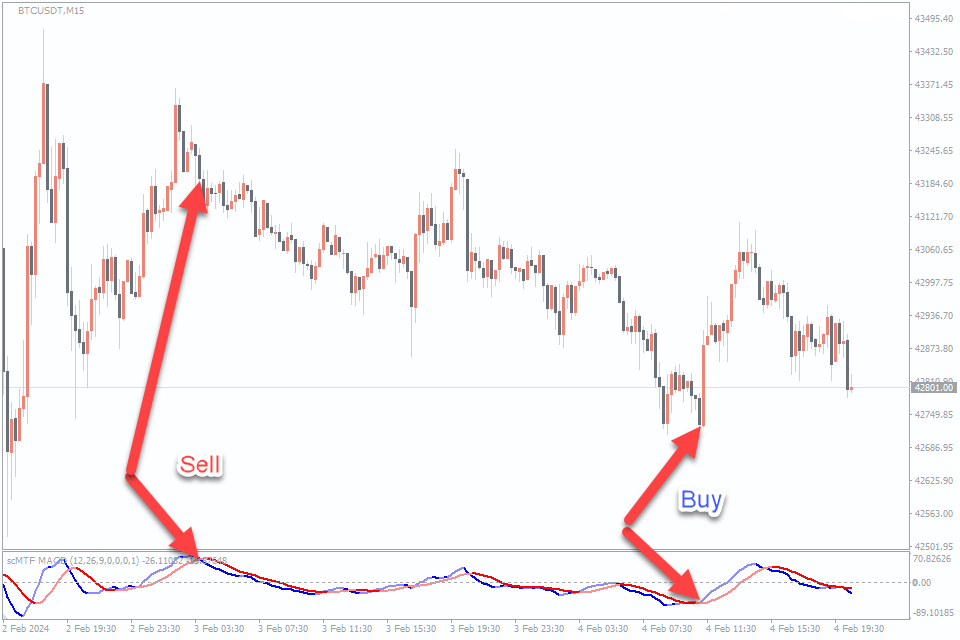
3. Understand Candlestick Charts
Candlestick charts are TradingView’s core tool, showing price movements in “candles” for chosen timeframes (e.g., 1 hour, 1 day).
What to Look For:
- Green Candles: Price went up (bullish).
- Red Candles: Price went down (bearish).
- Support Levels: Prices where a coin stops falling (e.g., Bitcoin at $60,000).
- Resistance Levels: Prices where a coin struggles to rise (e.g., Ethereum at $4,000).
How to Do It: Zoom into Ethereum’s 1-day chart and look for green candles forming at $3,000, signaling a potential buy.
Example: A “hammer” candlestick on Solana’s chart in 2024 predicted a 10% rally.
Tip: Learn candlestick patterns on CoinDesk.
4. Add Simple Indicators
Indicators are tools that highlight trends or signals on charts, and TradingView’s free plan includes basics like moving averages.
Top Beginner Indicators
- Moving Average (MA): Shows the average price over time (e.g., 50-day MA). A price above the MA is bullish.
- Relative Strength Index (RSI): Measures if a coin is overbought (above 70) or oversold (below 30).
- Volume: Shows trading activity. High volume on a price rise confirms strength.
How to Do It:
- Click “Indicators” at the top of the chart.
- Search for “Moving Average” or “RSI” and add them.
- Check if Bitcoin’s price is above its 50-day MA for a buy signal.
Example: In 2024, Bitcoin’s RSI below 30 on TradingView signaled a buying opportunity before a 12% jump.
Tip: Stick to 1–2 indicators to avoid confusion.
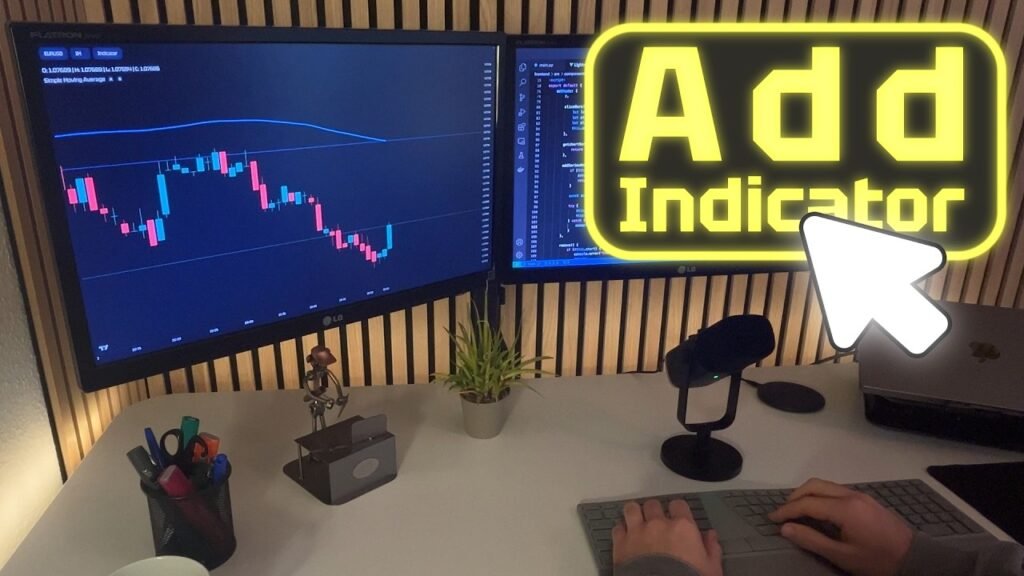
5. Create a Watchlist
A watchlist lets you track favorite cryptos like Bitcoin, Ethereum, or Cardano for quick access.
How to Do It:
- Click the “Watchlist” panel on the right.
- Add pairs like BTCUSD or ETHUSD by searching.
- Monitor price changes in real-time.
Example: Adding Solana to your watchlist helps you track its 10% weekly moves.
Tip: Set price alerts in the watchlist for Bitcoin dips below $60,000.
6. Explore Community Ideas
TradingView’s community shares crypto chart analyses, helping beginners learn strategies.
How to Do It:
- Click “Ideas” at the top and filter for “Cryptocurrencies.”
- Read posts predicting Bitcoin’s next move with charts.
- Comment or ask questions to learn more.
Example: A 2024 community idea on Ethereum’s breakout at $3,500 led to a 15% gain for followers.
Tip: Verify community ideas with your own chart analysis.
Tips for Using TradingView Effectively
Maximize TradingView’s free tools with these beginner-friendly tips:
1. Start with Major Coins
Focus on Bitcoin and Ethereum to learn charting without risky altcoin volatility.
How to Do It: Chart BTCUSD and ETHUSD on 1-day timeframes to spot clear trends.
Example: Bitcoin’s 50-day MA crossover in 2024 was a reliable buy signal.
Tip: Use CoinGecko to confirm coin fundamentals.
2. Practice with Paper Trading
TradingView’s paper trading lets you practice buying and selling without real money.
How to Do It:
- Click “Trading Panel” and select “Paper Trading.”
- Simulate a $100 Bitcoin buy and track its performance.
- Test strategies like buying at support levels.
Example: Paper trading Solana in 2024 taught a beginner to buy at $120, avoiding a $100 dip.
3. Combine with News
Pair TradingView charts with news to understand price moves.
How to Do It:
- Check Cointelegraph for Bitcoin ETF news.
- Match news with TradingView’s BTCUSD chart for buy signals.
- Join r/cryptocurrency for community insights.
Example: Ethereum’s 2024 upgrade news plus a bullish TradingView chart signaled a buy.

4. Avoid Overcomplicating
Too many indicators or timeframes can confuse beginners.
How to Do It:
- Use only a 50-day MA and RSI on Bitcoin’s chart.
- Stick to 1-day or 4-hour timeframes for clear signals.
- Ignore complex tools like Fibonacci until you’re experienced.
Example: A simple MA crossover on Ethereum’s chart was enough for a 10% gain in 2024.
How to Start Charting Crypto with TradingView
Ready to dive in? Follow these steps to use TradingView for crypto in 2025.
1. Create Your Account
A free account is all you need to start charting.
How to Do It:
- Sign up on TradingView with your email.
- Verify your account and explore the free plan.
- Add BTCUSD to your watchlist.
Example: A free account lets you chart Ethereum’s price in minutes.
2. Analyze Your First Chart
Start with a major coin to learn charting basics.
How to Do It:
- Search for BTCUSD and open its 1-day chart.
- Add a 50-day MA and check if the price is above it.
- Look for support levels where Bitcoin bounces.
Example: Bitcoin’s support at $60,000 in 2024 was a clear buy signal.
3. Practice and Learn
Use paper trading and community ideas to build skills.
How to Do It:
- Try paper trading $100 in Ethereum on TradingView.
- Read community ideas on Solana’s chart for inspiration.
- Learn patterns like “double bottom” on CoinDesk.
Example: Paper trading taught a beginner to spot Bitcoin’s $65,000 resistance.
4. Pair with an Exchange
Use TradingView to analyze, then buy on an exchange.
How to Do It:
- Spot a Bitcoin buy signal on TradingView at $60,000.
- Buy $10 of Bitcoin on Coinbase.
- Store it in a wallet like MetaMask.
Example: A TradingView signal plus a Coinbase buy earned a 10% gain in 2024.
What to Watch Out For
TradingView is powerful, but beginners should stay cautious:
- Overtrading: Chart signals can tempt frequent trades. Stick to 1–2 trades monthly.
- Fake Signals: Not all community ideas are accurate. Verify with your own analysis.
- Volatility: Crypto prices can drop 20% in hours. Only invest what you can lose.
- Scams: Ignore X posts hyping coins without TradingView data to back them.
Tip: Confirm chart signals with news on Cointelegraph.
Conclusion
In 2025, TradingView is a beginner’s best friend for charting crypto prices, offering free candlestick charts, indicators, and community insights. Start by charting Bitcoin on a 1-day timeframe, add a 50-day MA, and practice paper trading. Pair your analysis with news from Cointelegraph and buy $10 of Ethereum on Coinbase when signals align. Secure your coins with MetaMask and verify trends on CoinGecko. With TradingView, you’ll analyze crypto like a pro and invest with confidence!

